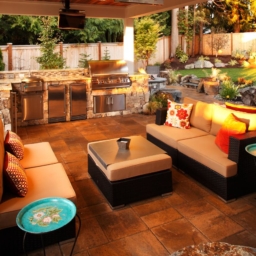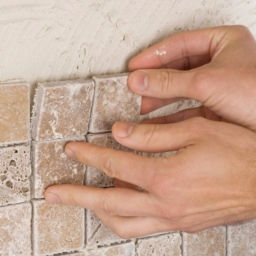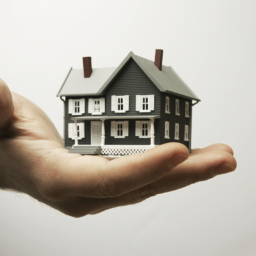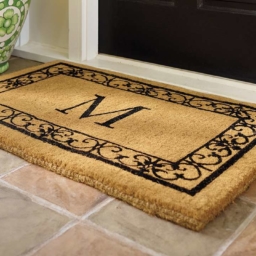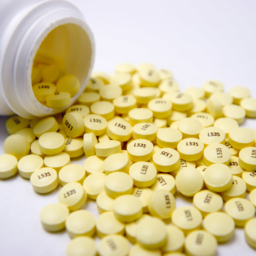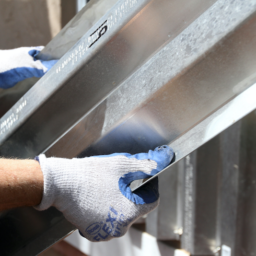Installing an In-Ground Pool this Spring
Thinking of installing an in-ground pool this spring? Check out our tips below to learn about the pros and cons of the different types of in ground pools, what their maintenance is like, the life expectancy, and cost. If you’re looking to give your existing pool a makeover, we cover that too! Take a look at the different options for upgrading your existing pool.
What Kind of Pool Should Choose?
Gunite and Shotcrete
Gunite and Shotcrete are the strongest materials when it comes to building a pool, especially in environments where soil is most volatile. Gunite is concrete that is sprayed on dry while Shotcrete is sprayed on wet. Both materials are expensive, but both have a long life expectancy.
Fiberglass pools
Fiberglass pools can only be installed in areas where the ground has no movement or shifting. It has a shorter life span, but is one of the cheapest pool materials to install.
Stainless steel
Stainless steel pools are typically installed where concrete is not available or they are used in high-rise buildings. It is the most expensive of all pool structures, but it will last a long time.
Vinyl
Vinyl is the least expensive pool to construct; however, it also has the shortest life span. If you live in an area with seismic activity, it may not be the best option because ground movement can rip the vinyl.
Chlorine or Salt
Chlorine Water
Chlorine comes in liquid or tablet form, pools with water containing chlorine need to be tested frequently to make sure the levels are safe. Too much chlorine can irritate eyes, ears and skin, and dry out hair.
Saltwater
Saltwater chlorinator system still produces chlorine, but only about 1%, which is much less damaging to your eyes, skin, and hair. Many people think saltwater pools are filled with water you’d find at the beach, however it’s not salt water pool it more like “soft” water. A salt system is more expensive to install, but, salt is a cheaper than chlorine, so over time, it is less inexpensive to operate.
Reviving an Old Pool
What’s the Cost?
It’s hard to say how much exactly you’ll pay for installing a new in-ground pool. Costs vary depending on your location, the type of pool you choose, soil condition, circulation system, accessories, and of course the size and shape of the pool. What time of the year you choose to start installing your pool may also affect the price, some contractors will offer a discount for pools built during the off season as business is slow.
Generally concrete pools will be the most expensive, followed closely by vinyl-lined pools, and then fiberglass. However, a high end, fiberglass pool could potentially cost more than a bare concrete pool.
Check on Zoning
Most in-ground pools are subject to building and zoning regulations just like any other home improvement project. Therefore, you must apply for a building permit and receive approval before any work can begin. Building and zoning rules differ from town to town, but ordinarily you must satisfy certain setback distances from the pool to property lines, septic tanks, wells, sewer lines, wetlands and the like. There are also codes concerning pool barriers and gate hardware.
Generally, a perimeter wall or fence must be at least 4 ft tall and equipped with self closing, self latching gates. Fence boards or balusters must not be spaced more than 4 in apart. Chain link fences must have openings no larger than 1-1/4 in. wide.
If you’ve got young children or grandchildren, consider taking an extra step for protection by mounting alarms on all house doors and gates leading to the pool, and installing a power safety cover over the pool. To get a list of specific rules and restrictions, contact your local building department or zoning board.

